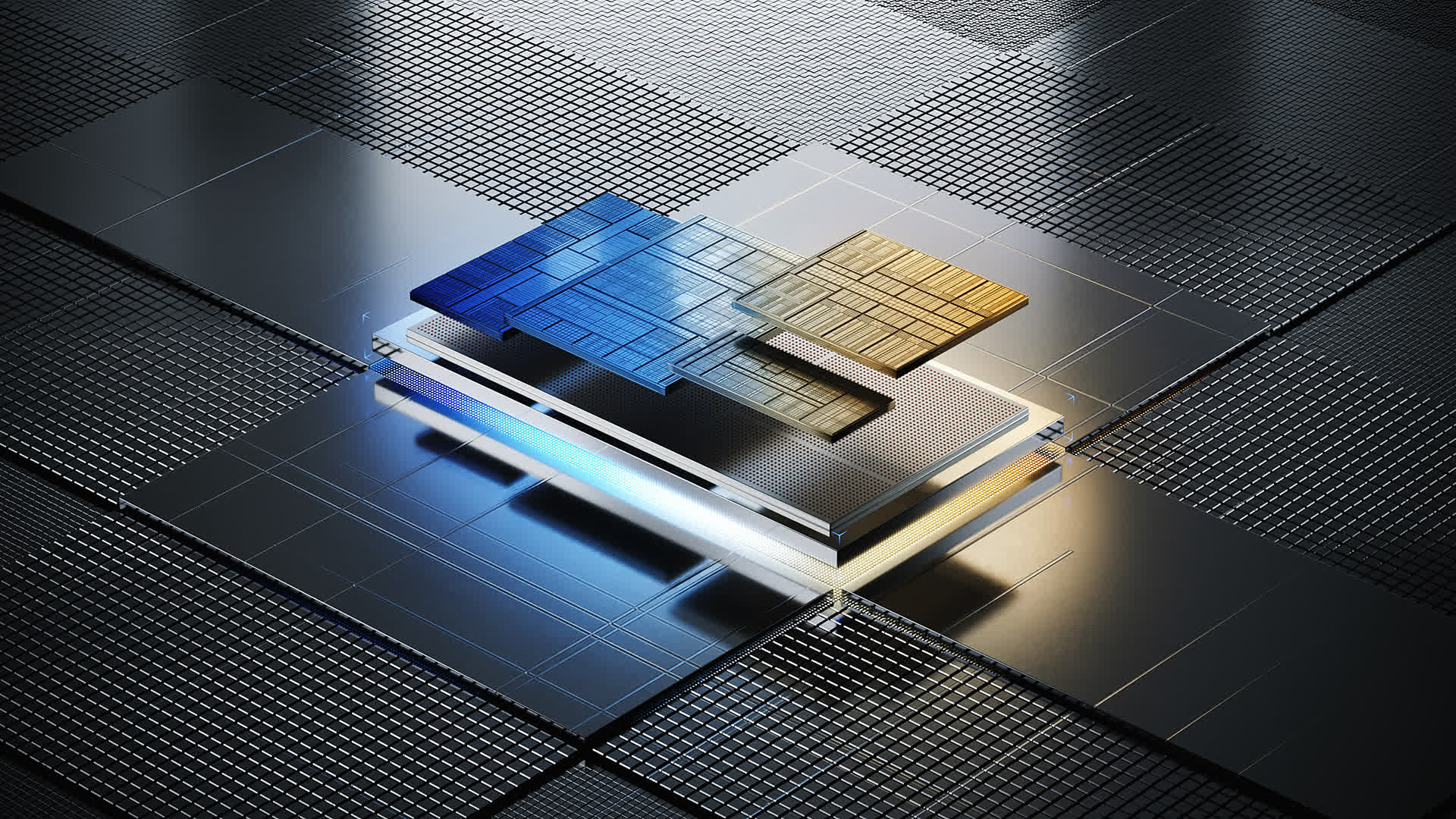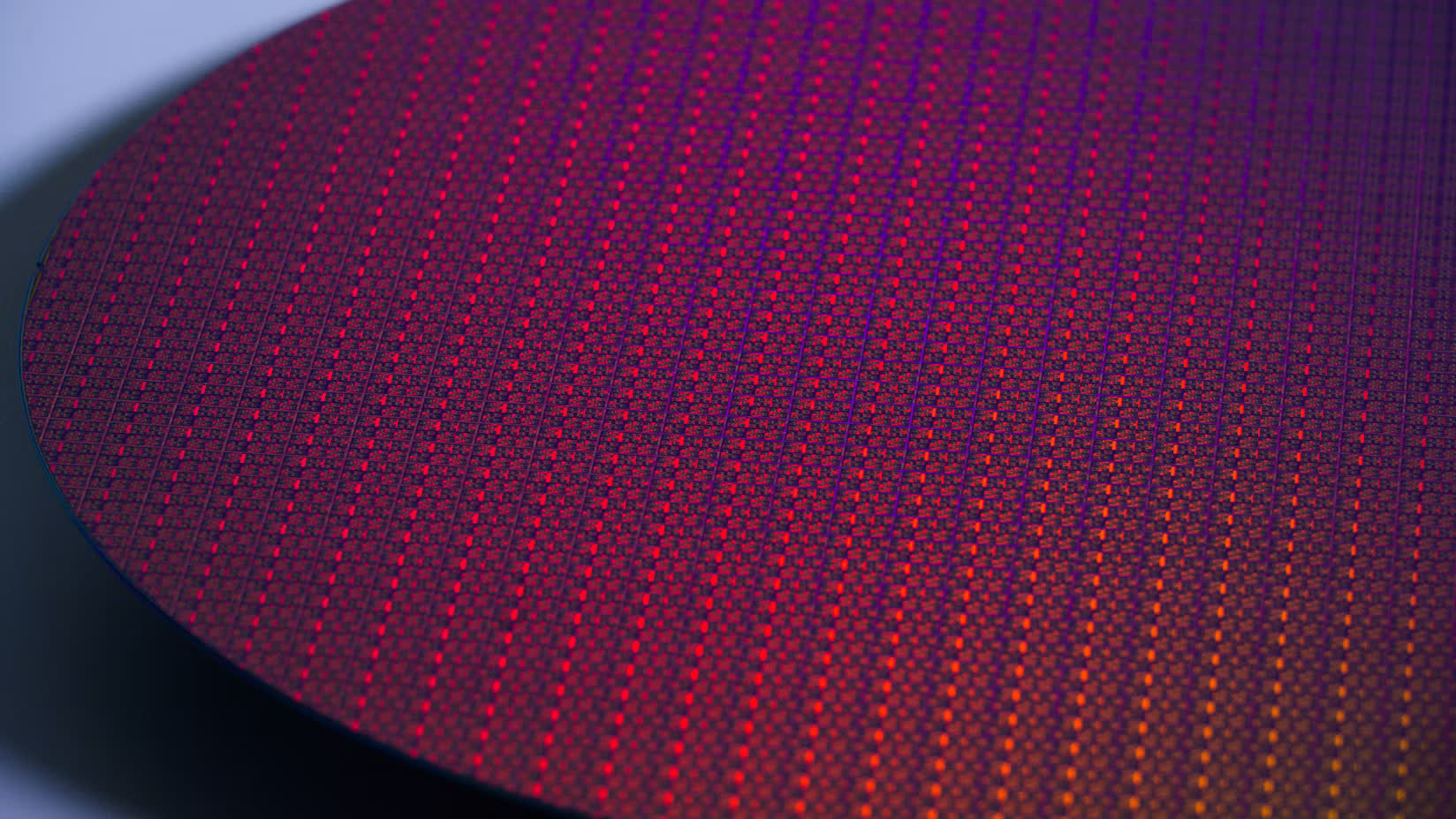Why it matters: As Intel’s chip design and foundry businesses face mounting pressure that could jeopardize the company’s future, much is riding on the success of its upcoming 18A node. As Intel finalizes its latest semiconductor process, 2025 will be a decisive year for its efforts to legitimize its foundry division and regain competitiveness against TSMC and Samsung.
Intel has announced that its 18A process node is “ready” for third-party clients, with tape-out design finalizations set to begin in the first half of this year. The node is expected to introduce advanced semiconductor features ahead of products featuring TSMC’s N2 process, which is set to debut in 2026.
Short for 18 Angstroms (or 1.8nm), 18A promises a 30 percent increase in chip density and a 15 percent improvement in performance per watt compared to Intel 3. The company plans to use the process for its upcoming Panther Lake laptop processors and Clearwater Forest server CPUs, both of which are expected to launch before the end of the year.

One of 18A’s most significant innovations is backside power delivery through PowerVia. By moving coarse-pitch metals and bumps to the die’s rear and implementing nanoscale through-silicon vias, Intel aims to improve ISO power performance by four percent and increase standard cell utilization by five to ten percent.
Another key advancement is RibbonFET, Intel’s take on gate-all-around transistor technology. This design enables finer control over electrical currents, reducing power leakage – an increasingly critical challenge as chips become smaller and more densely packed.

TMSC is also readying a gate-all-around architecture solution for its 2nm N2 node, but volume production isn’t expected to begin until late 2025. The first consumer products featuring N2 likely won’t arrive until at least mid-2026, and TSMC plans to implement backside power delivery with its A16 node that same year.
A recent report comparing 18A and N2 suggests that Intel’s node may offer higher performance, while TSMC’s achieves greater density. After trailing its competitors for years, Intel has a chance of providing semiconductors that could outperform TSMC’s in certain tasks and reach the market sooner.
If 18A is successful, it would provide Intel’s foundry business with a much-needed victory amid deep financial losses that have fueled speculation about a potential breakup or sale.
The company recently reported a staggering $13 billion loss for 2024, while TSMC posted an operating profit of $41 billion. Given Intel’s financial struggles and growing concerns over domestic U.S. chip supplies, some have even speculated that TSMC could play a role in stabilizing Intel’s foundries.
Source link